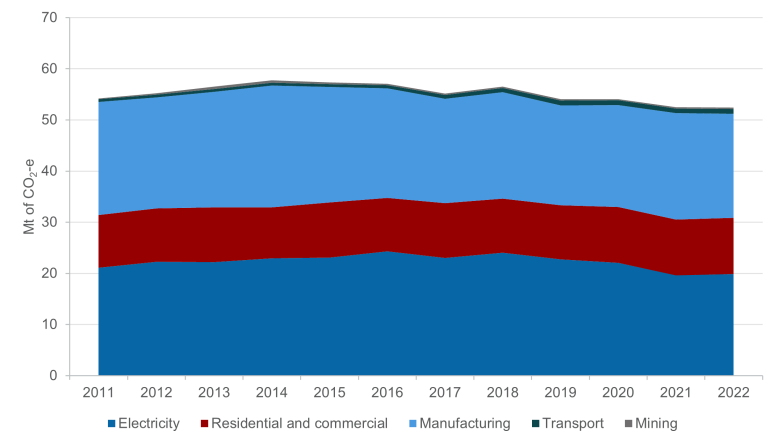Gas use in Australia
Sustaining investment in all parts of our energy system to achieve our climate, energy, and social goals is a key challenge for Australia.
Today, natural gas supports our standard of living and Australia’s energy security, providing over a quarter of our energy needs. We use gas to heat and cool our homes and businesses, heat our water and cook our food. Gas is also an essential part of how we generate electricity. However, the way we use it in electricity generation varies across the country. In Western Australia, gas-power generation supports the electricity grid and many remote mine sites. The Western Australian Government has announced that gas will replace coal-fired generation by 2029. Uniquely among Australian jurisdictions, most Victorian gas consumption is in buildings (households and small businesses like restaurants). Victoria has policies to reduce this consumption by, for example, banning gas connections in new buildings. In the Northern Territory, gas is responsible for 88% of electricity generation. South Australia, which has some of the highest uptake of renewable power generation in the world, uses solar and wind during the day. At night, gas-powered generation helps fill the gap.




